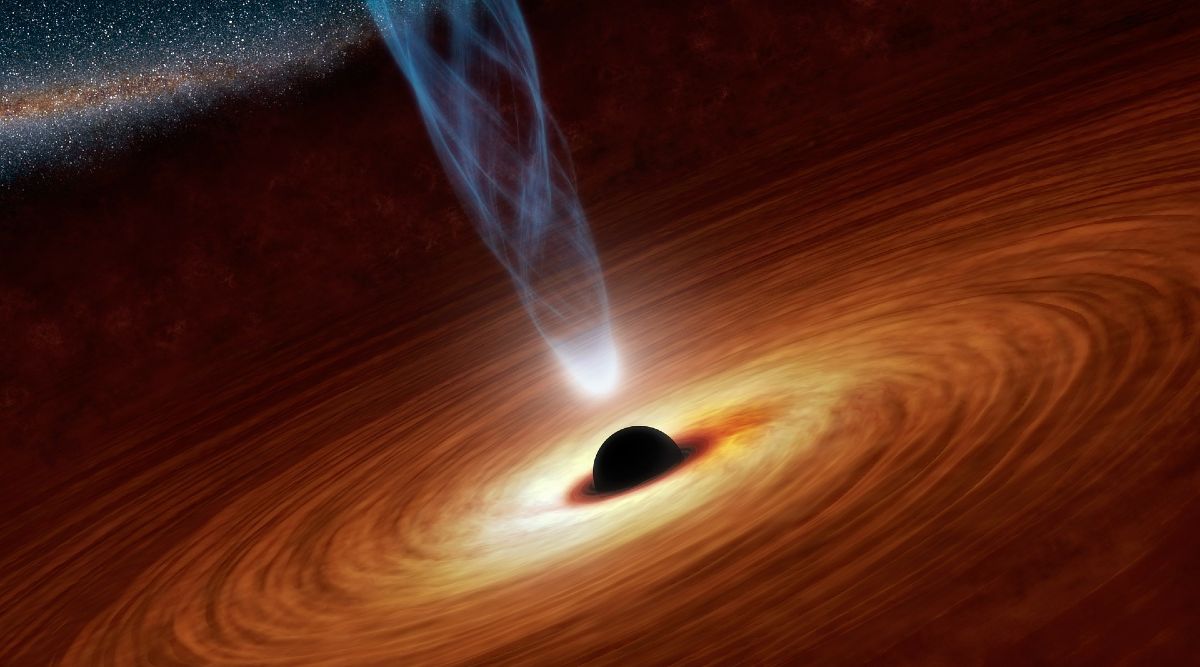Astronomers have discovered what appears to be the fastest-growing black hole ever spotted in space. The new black hole is reportedly growing so fast that it consumes the equivalent of one Earth each second. The discovery was made by Astronomers from the Australian National University (ANU), who describe it as a “very large, unexpected needle in the haystack.”
The astronomers also described the black hole as a celestial object that shines 7,000 times brighter than all the light from our own galaxy, making it visible to many astronomers across the globe.
The discovery of the black hole was made by its optical colours from the SkyMapper Southern Survey (SMSS) during a search for symbiotic binary stars and the findings have since been published in arXiv database and submitted to Publications of the Astronomical Society of Australia.
“Astronomers have been hunting for objects like this for more than 50 years. They have found thousands of fainter ones, but this astonishingly bright one had slipped through unnoticed,” Dr Christopher Onken, lead researcher at ANU, said in a statement.
It is being speculated that the massive black hole is the result of two big galaxies colliding into one another. Black holes are formed during the death of stars with high gravitational fields, which cause the mass of the star to squeeze into a very small space, trapping everything including the light of the dead star.
This is what makes black holes invisible, leaving them to be identifiable only by the vanishing light of the celestial space around them.
How big is the new black hole?
The new black hole identified by the ANU has a visual magnitude of 14.5, making it 500 times bigger than the black hole in our own galaxy, as per ANU PhD researcher Samuel Lai. The black hole is so big that the orbits of all the planets in our solar system would fit inside the black hole’s event horizon, which is the boundary along a black hole through which nothing can escape.
!function(f,b,e,v,n,t,s)
{if(f.fbq)return;n=f.fbq=function(){n.callMethod?
n.callMethod.apply(n,arguments):n.queue.push(arguments)};
if(!f._fbq)f._fbq=n;n.push=n;n.loaded=!0;n.version=’2.0′;
n.queue=[];t=b.createElement(e);t.async=!0;
t.src=v;s=b.getElementsByTagName(e)[0];
s.parentNode.insertBefore(t,s)}(window, document,’script’,
‘https://connect.facebook.net/en_US/fbevents.js’);
fbq(‘init’, ‘444470064056909’);
fbq(‘track’, ‘PageView’);










